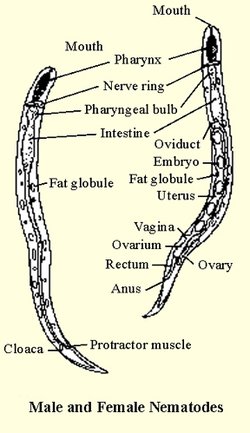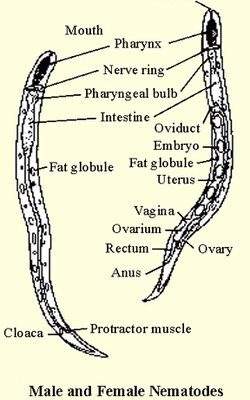
So, what exactly are vinegar eels, and why should you care about their distribution? Imagine you’re at a coffee shop discussing the secret lives of the tiniest organisms. You’d probably learn that these eels are not just a phenomenon in your kitchen; they can be found worldwide, adapting to various environments. Let’s dive into the documented range and distribution of vinegar eels and uncover where they like to hang out.
What Are Vinegar Eels?
Before we dig into their range and distribution, it’s essential to understand what vinegar eels are. As mentioned, they are nematodes that thrive in vinegar and other fermented products. When vinegar ferments, it creates a perfect habitat for these eels, which feed on the bacteria and yeast present in that environment. Think of it as a buffet, but instead of steak and potatoes, it’s a feast of microorganisms.
Vinegar eels are usually around 1-2 millimeters long, making them barely noticeable without a microscope. They’re not harmful to humans, and in many cases, they can actually be beneficial. Some people even use them in aquariums as food for small fish! So while they may sound a bit creepy, they do play a valuable role in the ecosystem—both natural and man-made.
Where Do Vinegar Eels Live?
Vinegar eels have a pretty extensive habitat range. They aren’t limited to one specific area; instead, they can be found globally. You might encounter them in homemade vinegar, commercial vinegar products, and even in some fermented foods. Their adaptability is remarkable; these little creatures thrive in various conditions that you might not expect.
They prefer environments with higher acidity levels, which explains their presence in vinegar. However, they can also survive in other acidic conditions, like those of certain fruits or in the waste of the fermentation process. This versatility helps them pop up in unexpected places. It’s like they have a knack for finding the best diets wherever they go.
The Global Distribution of Vinegar Eels
When we talk about the global distribution of vinegar eels, we’re looking at their presence in different continents and climates. These critters are typically found in regions where vinegar production is common. You’ll often find them in:
- North America
- Europe
- Asia
- Australia
In North America, for instance, vinegar eels may be present in homemade apple cider vinegar. In Europe, where vinegar-making traditions run deep, they’re often found in various types of vinegar, from balsamic to wine. This wide distribution means they easily adapt to local conditions, demonstrating their resilience in different environments.
Environmental Conditions Favoring Vinegar Eels
You might be wondering what kind of conditions are ideal for vinegar eels to thrive. First off, they really enjoy warm temperatures. If it’s too cold, their populations decrease, but warm environments can lead to a boom in their numbers. Generally, they prefer temperatures around 20-25 degrees Celsius.
They also need a nutrient-rich environment. In vinegar, for instance, the abundance of bacteria provides a perfect feast for them. This is why you might notice more vinegar eels in homemade vinegar compared to commercial ones that are pasteurized. It’s like a thriving community where everyone knows each other—lots of food means lots of eels!
Vinegar Eels in Fermentation Processes
Fermentation is not only an art; it’s also a playground for vinegar eels. When producing vinegar, the fermentation process involves bacteria converting sugars into acids. This is where vinegar eels come into play. They thrive on the bacteria and other microorganisms created during fermentation.
In this context, vinegar eels serve a dual purpose. Not only do they contribute to the ecosystem, but they also indicate a healthy fermentation process. If you see vinegar eels in your brew, it often means there’s a robust microbial life, which is a sign that your vinegar is developing nicely. It’s like getting a thumbs up from nature!
Impact of Vinegar Eels on Human Use
You might be surprised to learn that vinegar eels can affect how we use vinegar and related products. While they’re generally harmless, their presence can indicate that a vinegar product is alive and thriving. Some people even cultivate vinegar eels for use in organic gardening as a natural form of pest control or food for fish.
However, it’s essential to know that vinegar eels can become a nuisance if left unchecked. They can cloud vinegar, making it visually unappealing. If you’re making your own vinegar, it’s crucial to manage their populations to ensure a clean final product. If they become too numerous, filtering or straining your vinegar might be necessary.
Vinegar eels are more than just tiny creatures swimming in your vinegar; they are a testament to the complex life that exists in simple environments. From their impressive global distribution to their role in fermentation, these little nematodes are true survivors. Whether you find them as a sign of healthy fermentation or a little nuisance in your homemade vinegar, they play a unique role in our world.
So, the next time you’re pouring vinegar for a salad or in your kitchen experiments, take a moment to appreciate the hidden lives of vinegar eels. They’re a reminder of the diverse and often unnoticed life forms that thrive in our very own homes. Who knew that something so tiny could hold such significance?

